

Stargazer1
gamer level 10
116796 xp
116796 xp
followers
49
49
Use my invite URL to register (this will give me kudos)
https://boardgaming.com/register/?invited_by=stargazer
profile badges




recent achievements

Watchtower
Follow a total of 40 other gamers.
Follow a total of 40 other gamers.

Tactician
Submit 20 game strategies and get 680 positive ratings.
Submit 20 game strategies and get 680 positive ratings.

Senior
Earn Professor XP to level up by completing Professor Quests!
Earn Professor XP to level up by completing Professor Quests!
Player Stats
Critic (lvl 4)
1545 xp
1545 xp
Explorer (lvl 6)
11110 xp
11110 xp
Professor (lvl 4)
1529 xp
1529 xp
Reporter (lvl 6)
7524 xp
7524 xp
About Me
I am an avid gamer who enjoys many types of games. Growing up, I enjoyed playing many of the classic games, such as Risk, Monopoly, Chess and Life. In my late teens I started playing 'hobby' games, like Battletech and Axis & Allies. Played both of these games to death prior to starting college. Boardgaming took a backseat during my college years but still played Battletech and Axis & Allies sparingly.
My interest in gaming sparked anew after I graduated from college. Discovered a relatively unknown game at the time called Magic the Gathering. Ended up playing MtG predominately for 10+ years. I still have quite a collection.
It took some time but finally tired of MtG and decided to check out the boardgaming scene again. Discovered a vibrant industry with websites such as Boardgaming.com and teeming with new kinds of games like Euros. Enjoyed exploring Eurogames for a few years.
There was also a new kind of wargame, Card Driven Wargame, which intrigued me. CDWs complexity level is above Memoir '44 & Axis & Allies, but below the 'Grodnard' hex & counter wargames. CDWs scratch the wargamer itch I get every now and again.
These days I belong to several gaming groups and even organize a group of my own. We play a wide variety of games, including co-op, Euros, CDWs, Battletech, party games and even a little MtG every now and a then. I also boardgame with the family around the holidays and at other gatherings.
My interest in gaming sparked anew after I graduated from college. Discovered a relatively unknown game at the time called Magic the Gathering. Ended up playing MtG predominately for 10+ years. I still have quite a collection.
It took some time but finally tired of MtG and decided to check out the boardgaming scene again. Discovered a vibrant industry with websites such as Boardgaming.com and teeming with new kinds of games like Euros. Enjoyed exploring Eurogames for a few years.
There was also a new kind of wargame, Card Driven Wargame, which intrigued me. CDWs complexity level is above Memoir '44 & Axis & Allies, but below the 'Grodnard' hex & counter wargames. CDWs scratch the wargamer itch I get every now and again.
These days I belong to several gaming groups and even organize a group of my own. We play a wide variety of games, including co-op, Euros, CDWs, Battletech, party games and even a little MtG every now and a then. I also boardgame with the family around the holidays and at other gatherings.


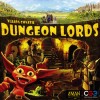













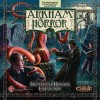



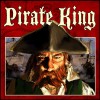
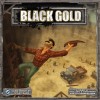





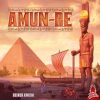
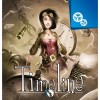
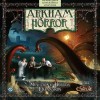

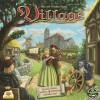

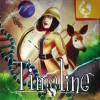







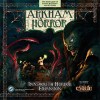



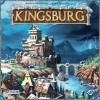


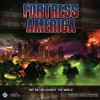
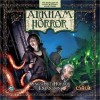







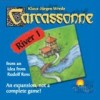
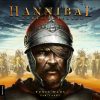
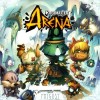



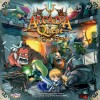









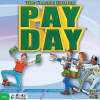











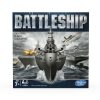


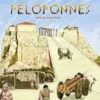

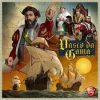





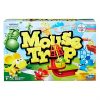


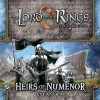




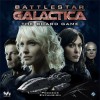





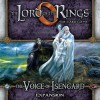



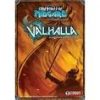







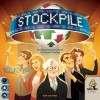

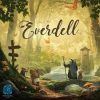


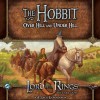
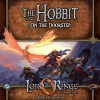


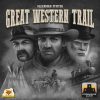



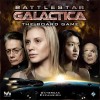


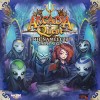

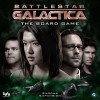




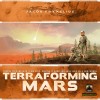










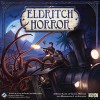



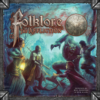


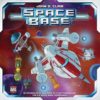


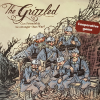


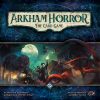









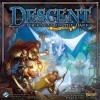



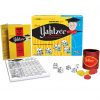







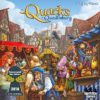






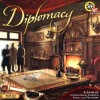





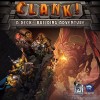


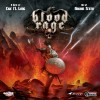














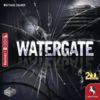

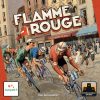





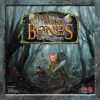
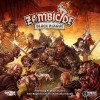









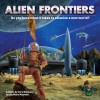

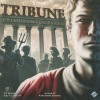
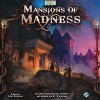













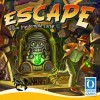

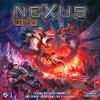



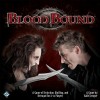
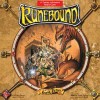




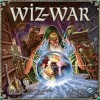



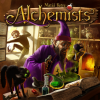

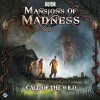





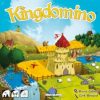












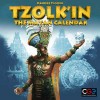

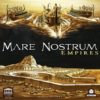





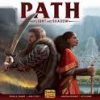


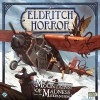


















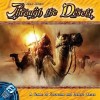



















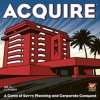
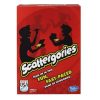
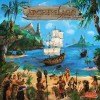





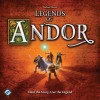

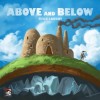

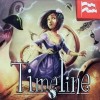


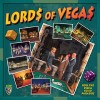






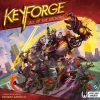
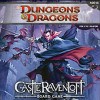







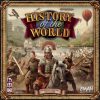




















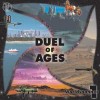


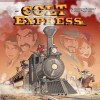




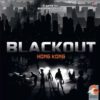



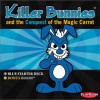



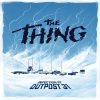


![Go to the Level 7 [Omega Protocol] page Go to the Level 7 [Omega Protocol] page](https://boardgaming.com/wp-content/uploads/2013/06/LEVEL-7-Omega-Protocol--100x100.jpg)




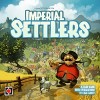



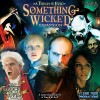






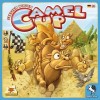




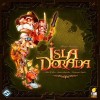




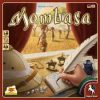
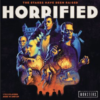








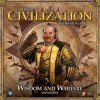

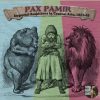

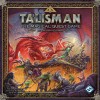

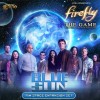

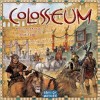
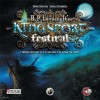


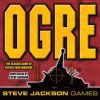


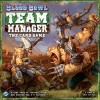

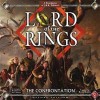






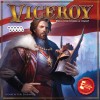
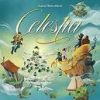
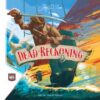









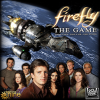




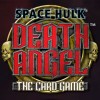

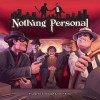


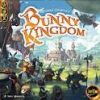











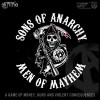






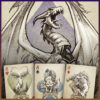



Above and Below
INTRODUCTION
Above and Below (A&B) takes place in a generic fantasy world. Players build their village while exploring the caves beneath the village. The theme is fairly well represented in the game. The object of the game is to construct buildings, harvest goods and build reputation to score the most Village Points (VPs). A&B is for 2 to 4 players ages 12 and up and plays in about 1.5 hours. A&B is at its best with 4 players.
COMPONENTS
The components are very good. The Reputation and Player boards are mounted on thick cardboard. There are thick cardboard tokens, wood playing pieces and plastic dice. The large size linen stock cards are durable and have average artwork. The artwork on the boards and cards is a bit cartoonish but colorful and well done. The artwork uses some pastel colors which gives the game a very warm feeling. There is also a wire bound encounter book. The rulebook is only 16 pages, is well written and organized, and has some examples of play.
SET UP
Set-up for A&B is easy but does take a few moments. Each player receives a Player board, three starting Villagers, seven gold and a starting House. The Outpost and Cave decks are shuffled and placed near the Reputation board along with a few other tokens. Place the six star house cards face up near the Reputation board along with four randomly chosen key house cards. Stack the villagers, draw five and place them along with a few starting tokens on the Reputation board. Then select a first player. All set!
GAME MECHANICS
A&B is played in a series of rounds in which players, starting with the first player and proceeding clockwise, take turns performing an action. A Round ends when all players pass. On their turn a player performs one of the following actions:
EXPLORE
The player explores the caves. Draw a Cave card, exhaust the desired number of Villagers and roll a D6 for each. A passage from the encounter book is read to determine the fate of the Villagers’ adventure.
BUILD
Exhaust a Villager to construct an available House or Outpost.
HARVEST
Exhaust the desired number of Villagers and take one good token per Villager from any of his constructed Houses or Outposts.
LABOR
Exhaust the desired number of Villagers and take one coin per Villager.
TRAIN
Exhaust a Villager with a quill symbol and pay the indicated cost to take a Villager from the Reputation Board.
If possible, players may perform any number of the Free Actions below before taking a normal action:
BUY FROM A PLAYER
Buy a good that has been put up for sale. The price may be negotiated but must be a minimum of 3 coins.
PUT SOMETHING UP FOR SALE
Put a good, cider or potion up for sale by placing it in the upper left hand corner of the Player Board.
REFRESH THE BUILDING ROW
Pay one coin to discard all available House or Outpost cards and redraw. This can be done only once.
At the end of the Round players move the round marker, draw new Villagers on the Reputation Board, Rest exhausted Villagers using cider and any available beds, Collect Income, Refresh Goods on constructed buildings and pass the First Player card. The game ends once seven rounds have been completed. Each player then tallies VPs from Goods collected, buildings and Reputation. The player with the most VPs is the winner!
THOUGHTS
A&B is easy to learn and play. Turns play relatively quick with minor downtime. There is also minimal player interaction. There are some interesting mechanics which offer some decision making and a nice storytelling aspect to the game too. A&B can appeal to casual as well as avid gamers.
A&B is a game I wanted to like but, unfortunately it did not click with me for a couple of reasons. First, the luck factor is a bit too high for my taste. It can get a bit frustrating watching your opponents reap all kinds of goodies from encounters in the caves while bad things seem to plague every one of your cave encounters. It reminds me of the Peanuts Halloween Special where Charlie Brown is out Trick or Treating with his friends and he watches them repeatedly get some good candy while all he gets is a rock every time.
The mechanic for readying exhausted Villagers also leaves a bit to be desired. Exhausted Villagers are readied using a Cider token or one of your available beds. I understand this mechanic is meant to limit the amount of player actions. However, it is tough to come by Houses with a bed and Cider isn’t exactly available in large quantities either. It feels like this mechanic is too limiting.
Lastly, the game feels like it ends far too soon. This goes back to the readying Villager mechanic. Seven Rounds seems like a lot. However, keep in mind that if you don’t have many beds or cider your opponents could be doubling your number of actions. You will not be able to accomplish nearly as much as your opponents especially if your cave adventures are folly. It feels like you just start to get going, then the game ends.
Despite the points mentioned above, A&B is a light-hearted, easy play which features decent components, minimal downtime and a good storytelling element. Above and Below is a decent game which can be fun, but I suggest giving it a try before you buy.